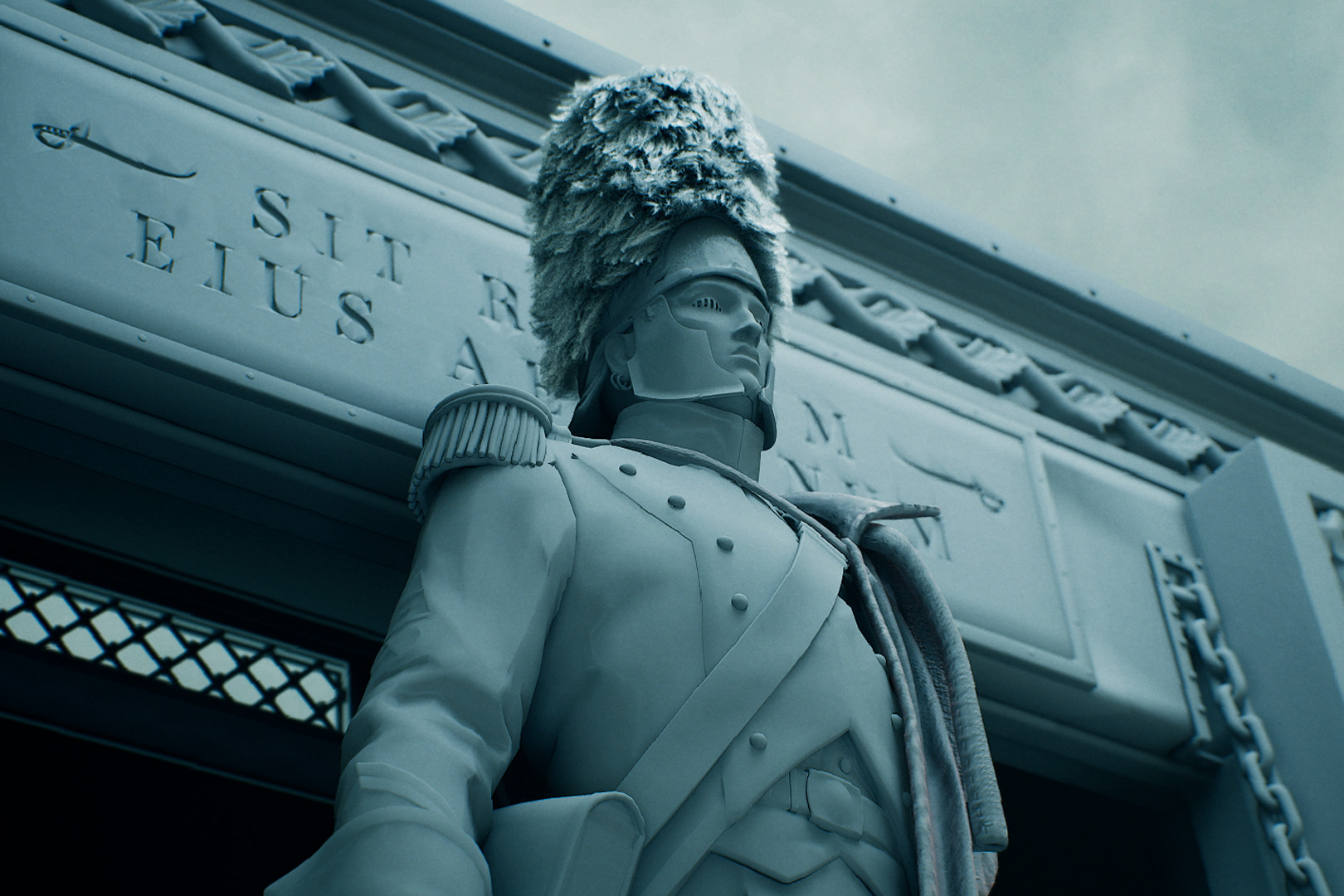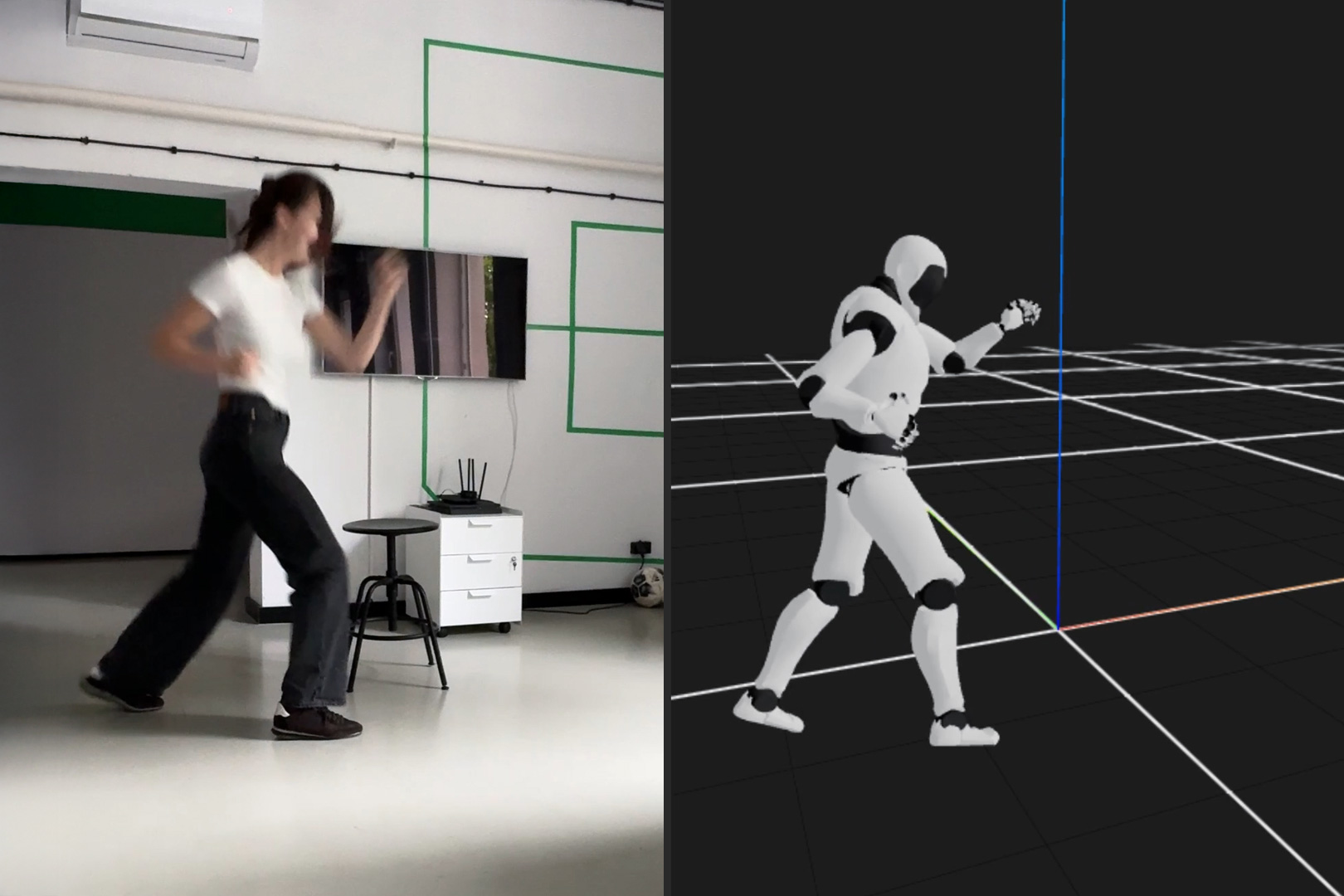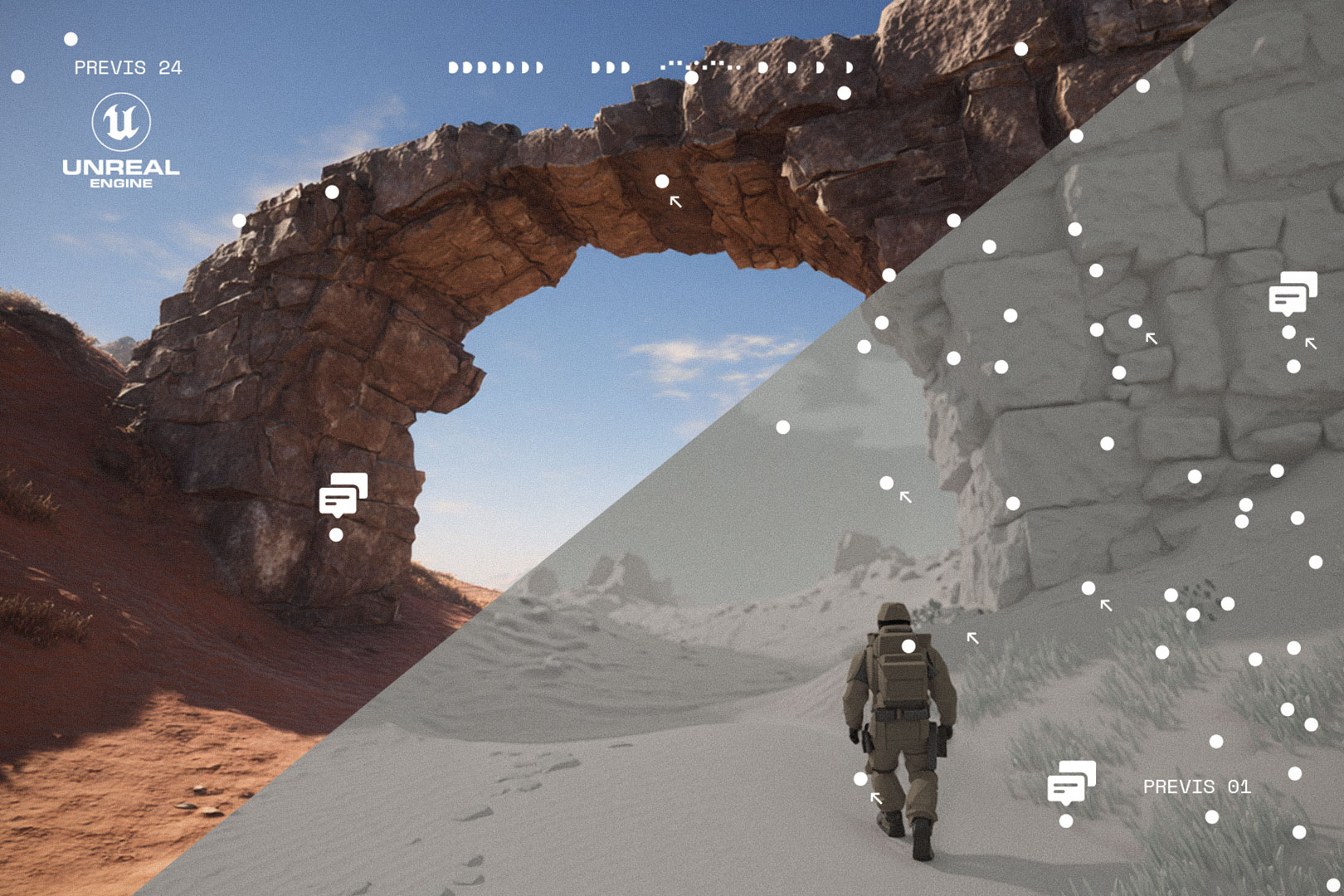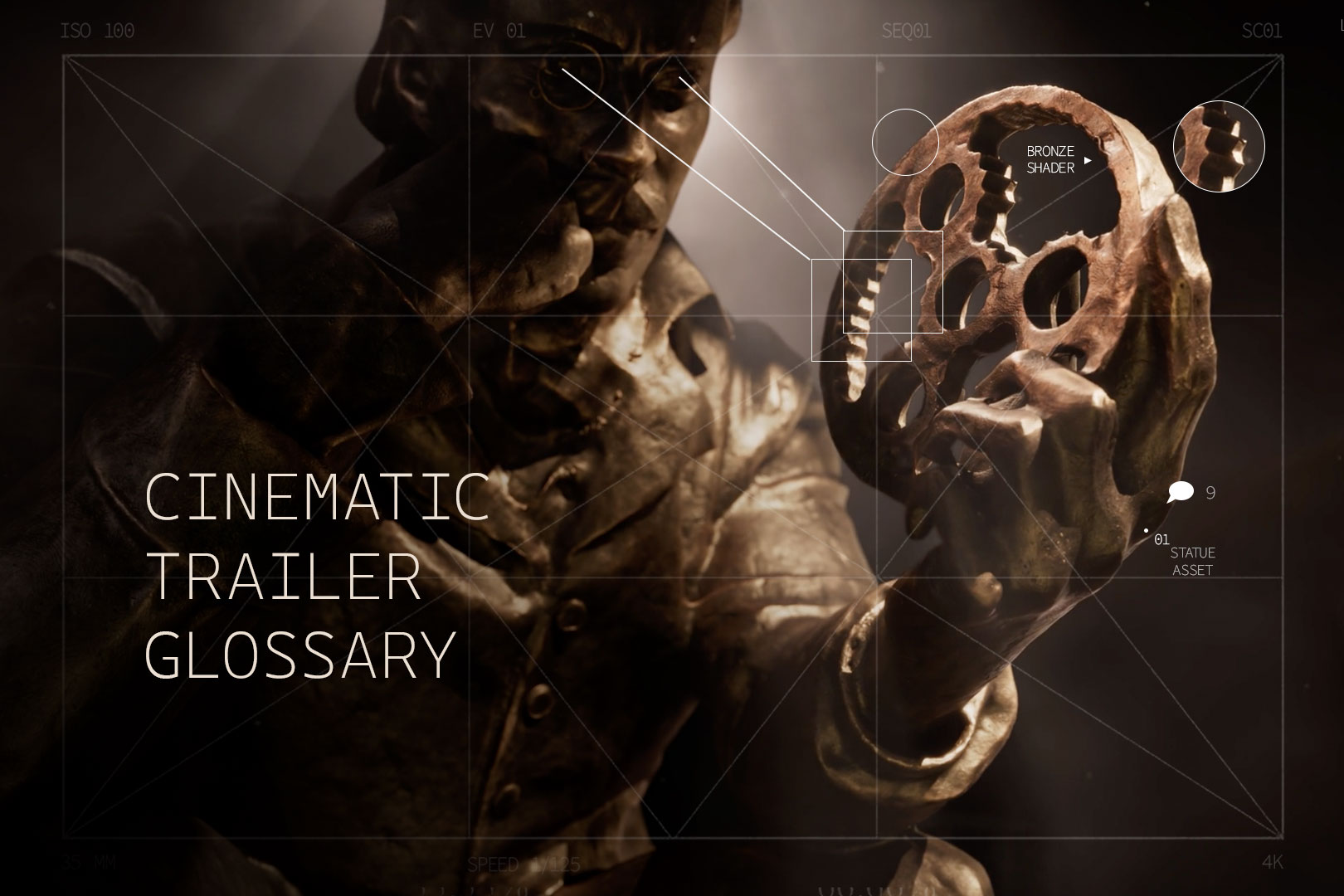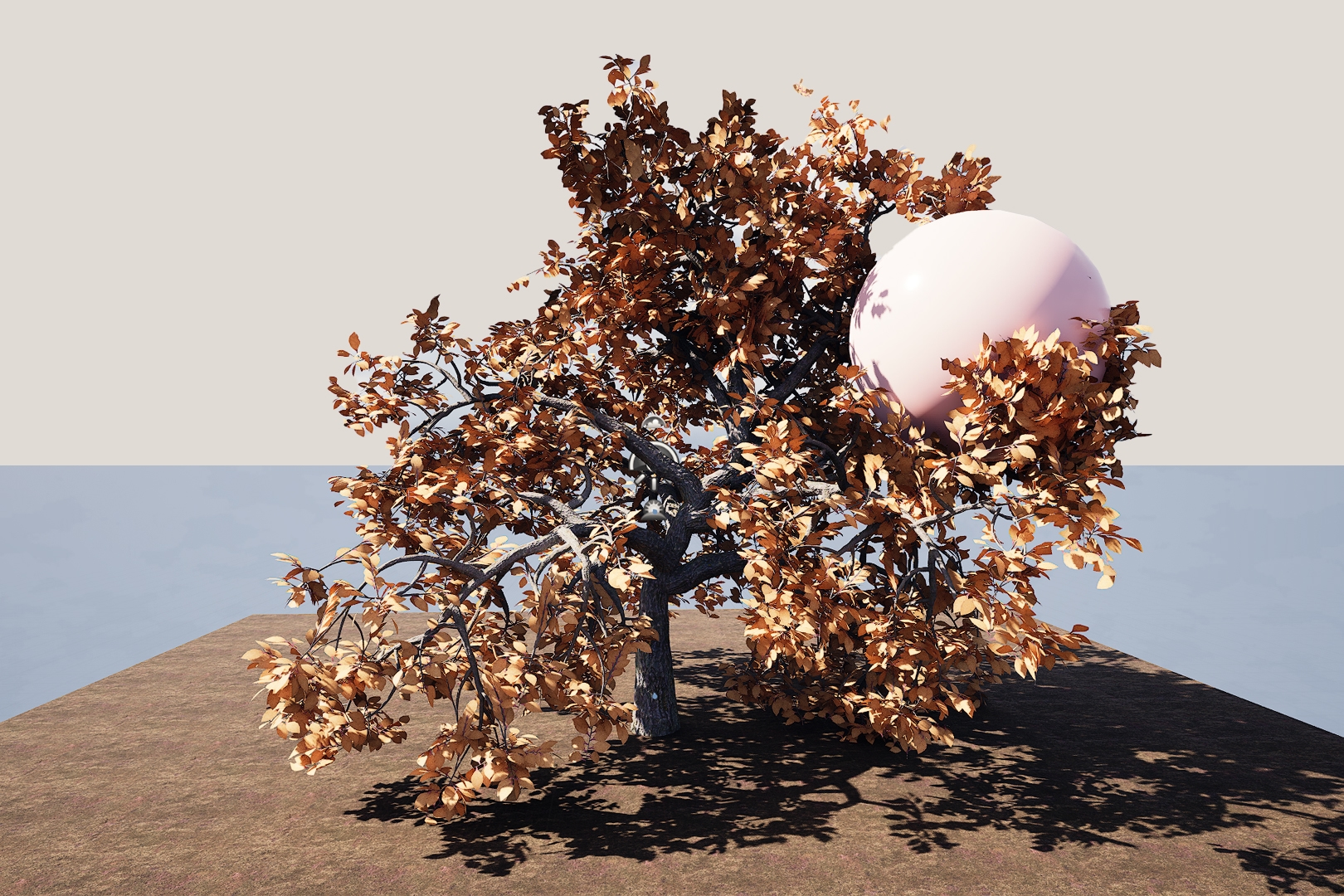In September 2022, we had the opportunity to participate in the Real-Time Movie Challenge organized by McInnes Studio. The challenge invited participants to take a provided scene and use Unreal Engine to add assets, sound, and virtual camera work to create a moody, horror-themed scene. We decided to take on the challenge and see if we could create a scene that would capture the mood and impress the judges.
To create our scene, we carefully planned and executed a series of changes to the lighting, camera angles, and sound effects. We used the virtual camera to capture different perspectives and angles and added sound effects to enhance the mood of the scene. By carefully crafting each element of the scene, we were able to create a moody, atmospheric experience that evoked the feeling of horror.
In the end, our hard work paid off, and we were selected as one of the winners of the Real Time Movie Challenge. We were thrilled to be recognized for our efforts and to have had the opportunity to showcase our skills and creativity in Unreal Engine.
The process
Initiation
The team responsible for creating the horror scenes in Unreal Engine took a collaborative approach to the project. They started by exchanging and discussing ideas, eventually creating a script that included elements of mystery, suspense, murder scenes and accusations. The team also created storyboards to visually map key moments and script elements to bring the vision to life.
References
Once the script and storyboards were complete, the next step was to research and gather references to set the mood for the horror scenes. The team was particularly inspired by the work of director David Fincher and sought to emulate his style. To this end, attention was paid to the details of the office environment, including the furniture, arrangement, and props on the table. By focusing on these details, the team was able to create an immersive and engaging experience for viewers.
Some of the references we used are listed below:





To further enhance the mood and atmosphere desired, the team used the same color palette and lenses used in Fincher's film. The color palette chosen was inspired by his unique style. The team also used his signature lenses, which deliver crisp, clear images. Normally in filmmaking, directors use 75mm lenses for close-ups and 27mm lenses for other shots, but Fincher is known for his particular approach to cinematography.
As a director, he is known for his atmospheric storytelling, complex narratives, complex characters, and exploration of the dark side of human nature. Some of his most famous films include Se7en, Fight Club, and The Social Network.
David Fincher is a director known for his highly crafted visuals and suspenseful storytelling. He blends intricate camera movements with precise lighting and a toned-down color palette to create a unique aesthetic. Fincher often experiments with unconventional narrative techniques, like non-linear storytelling, to keep audiences engaged and on the edge of their seats. He's not only a talented director, but also a true innovator, always eager to explore new technology and techniques to push the boundaries of what's possible in filmmaking.
By emulating these elements of Fincher's style, we were able to create a scene that felt like it could have been taken straight from one of his films.



Assets
After scripting and researching references, we started working on 3D elements for the horror scene. The challenge was to create assets that match the atmosphere and style of the office environment, while being realistic and immersive. To achieve this, we decided to use 3D models for the furniture and other objects in the room, taken from our existing asset database.
One of the key elements of the scene is the ceiling light, which we developed especially for this project. This light combines flashing methods of different speeds, intensities, and combinations to create a horror-themed atmosphere. We carefully animated the lights and other scene elements, and added sounds to enhance the overall experience.
By carefully designing every element of a scene, we are able to create a realistic and immersive horror experience for the audience.
Requirements
The challenge requirements were quite simple:
Large, open plan. Off-white.
Slender floor-to-ceiling windows. A vacant corporate cage.
A trial of bloody and mud on the carpet.
A single desk. On it, a circa 2000 desktop PC.
Message on the screen: 'PRESS F TO PAY RESPECTS'
We successfully achieved all the specified objectives and managed to capture an appropriate tone throughout.


The Press F to pay respect post was an interesting addition to the scene, tied to the founder of MacInnes Studio - the creator of this challenge - Jon MacInnes, who wrote the game Call of Duty Advanced Warfare. In 2014, the game's "press F for respect" message became an iconic internet meme that is still fondly remembered by gamers around the world.
Easter Egg
As a supplement, the team also added an Easter egg to the scene. Anyone who looks closely at the printer will notice a photo of a cat with the words "Kicia (kitten in Polish) is back". The image, generated using AI, provides viewers with a fun and unexpected surprise. The team hopes viewers will have fun finding and discovering this Easter egg.

The story

The central story revolves around a mysterious creature known as "Kitty" who enters a bustling office and wreaks havoc before leaving. The hero is the sole survivor and must now deal with the mischievous yet dangerous and deadly nature of the creature.
Final
Finally, we completed the project by incorporating post-processing techniques. This involves using a mix of tools built into Unreal Engine and custom shaders to enhance the visual appeal of the scene. We are very happy with the results and how the post-processing has affected the overall look.

